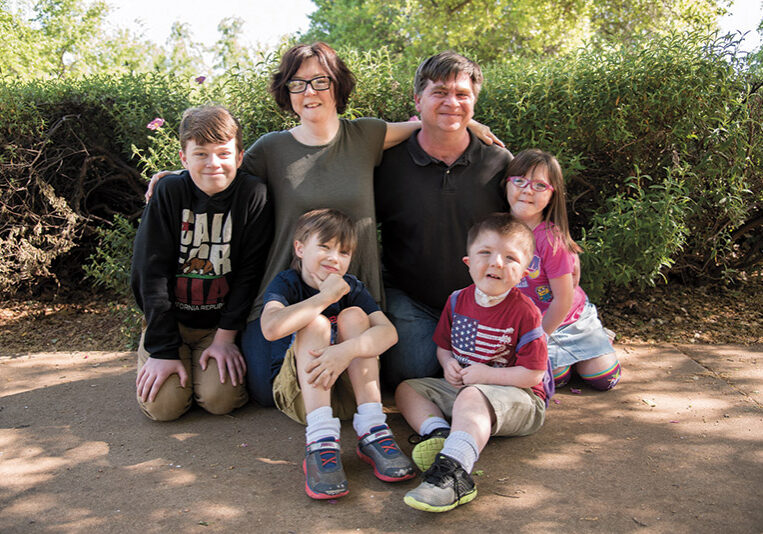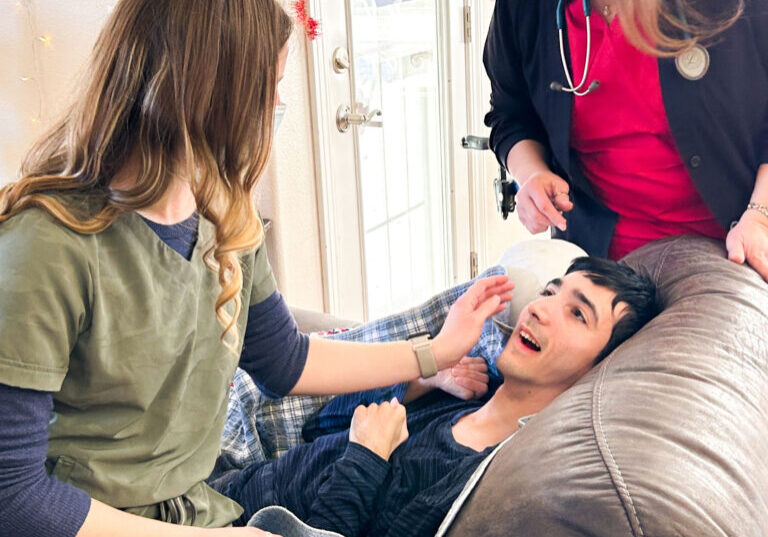Although Halloween can be a fun time for kids of all abilities, it often can be overwhelming for kids with special needs. They may have trouble with the loud noises, crowds of people and changes in routine that are part of the Halloween festivities. It can be tricky to ensure your child has a safe and enjoyable Halloween, but some planning and flexibility can make it happen.
Limit exposure to sensory overload
Halloween’s unusual sights, sounds, smells, and textures can be overwhelming and very challenging for kids with sensory issues. Consider dialing down exposure to:
• Haunted houses with loud sound effects and almost total darkness
• Strangers in scary costumes
• Elaborate, sometimes gory decorations
• Vast crowds of unknown people
• Costumes that look good in the store but are made from stiff and itchy material
• Touching slimy pumpkin guts
• Strong smells such as cinnamon or other spices
Plan the fun around your child’s needs
If your child has a sensory processing disorder or is averse to certain things, you can still have a fun and festive Halloween by coming up with creative ideas that accommodate your child’s needs.
Have a pumpkin carving party instead of going trick-or-treating. If the texture of pumpkin innards bothers your child, have them draw or paint on a pumpkin instead.
Help your child find a costume that doesn’t require a lot of accessories or makeup. Look for an outfit that is comfortable and easy to put on and take off.
Make sure your child’s candy is pre-sorted and safe for them to eat. This is especially important for kids with allergies or who have trouble eating some solid foods.
You can opt to celebrate Halloween early or late in the day so your child can avoid crowds and loud noises.

Help your older child with trick or treat communication
Many older kids with developmental disabilities still enjoy trick or treating. However, some may be nonverbal or have limited communication skills. Unfortunately, strangers may assume the child is too old for trick or treating, or they’re being rude if they don’t say “trick or treat” or “thank you,” so make sure you or another adult is nearby to let people know otherwise.
Another challenge for some families is that their child may be tube-fed and unable to eat any of the candy they may get while out trick-or-treating. This can be frustrating for both the child and the parent. If your tube-fed child ends up with a lot of candy, like my daughter does every year, you can give them the option to “trade” their candy for a toy.
The Teal Pumpkin and Blue Bucket Projects
Two current campaigns are working to combat stereotypes and raise awareness for kids in situations like these. The Teal Pumpkin Project involves putting a teal-colored pumpkin on your porch or doorstep to let trick or treaters know you have non-food treats available, such as glow sticks or small toys.
The Blue Bucket Project aims to inform people that the young adult at their door may not look like the typical young trick-or-treater, but they deserve to enjoy the holiday as much as anyone else.
Some parents and disability advocates disagree with using the blue bucket, claiming that it could potentially single out individuals with disabilities and make them a target for abuse or bullying. But, as always, it’s a choice that families need to make based on their child’s unique needs.
Trunk or Treats are a great alternative to traditional trick or treating
Trunk or Treats have become increasingly popular in recent years. These are typically set up in parking lots, with the participants handing out candy and other goodies from their automobile trunks, which are decorated for Halloween. They are often less crowded and only take a short time to complete.
Many local organizations put these on, and it’s great for kids who may not be able to handle events that last more than an hour or so. You can find “Trunk or Treats” in your area by searching social media around the beginning of October.
Make the most of Halloween with preparation and planning
Whether you’re planning on going trick-or-treating, trunk-or-treating, or to a party, preparing ahead of time is always a good idea, especially if it will be your child’s first time. You can use tools like social stories to let them know what to expect before Halloween.
Plan your route in advance and trick or treat in familiar neighborhoods. If your child is uncomfortable with strangers, you may want to consider going to a Halloween party at a friend or family member’s house instead.
If you know your neighbors well, consider doing a “trial run” a couple of days before Halloween if this will be your child’s first time trick-or-treating. Just supply a little candy beforehand, and you may be able to gauge how they will handle going from house to house on the big night.
Have a backup plan for inclement weather or if your child has a meltdown or needs to leave the festivities early.
Trick-or-treating can be exhausting for some kids, so plan to give your child a break if they become overwhelmed. It can help to bring noise-canceling headphones or earplugs wherever you go to help block out loud or scary sounds.
Go with the flow and have fun
Most importantly, don’t stress over the holiday too much. It’s ok not to have a picture-perfect, Pinterest-worthy Halloween. Sometimes it’s best to just go with the flow if your kids are enjoying themselves, even if it’s not the Halloween celebration you imagined. Whether it’s traditional trick-or-treating or staying home, there is always a way to have fun and make memories.
Posted in: Special Needs, Uniquely Us
Comment Policy: All viewpoints are welcome, but comments should remain relevant. Personal attacks, profanity, and aggressive behavior are not allowed. No spam, advertising, or promoting of products/services. Please, only use your real name and limit the amount of links submitted in your comment.
You Might Also Like...
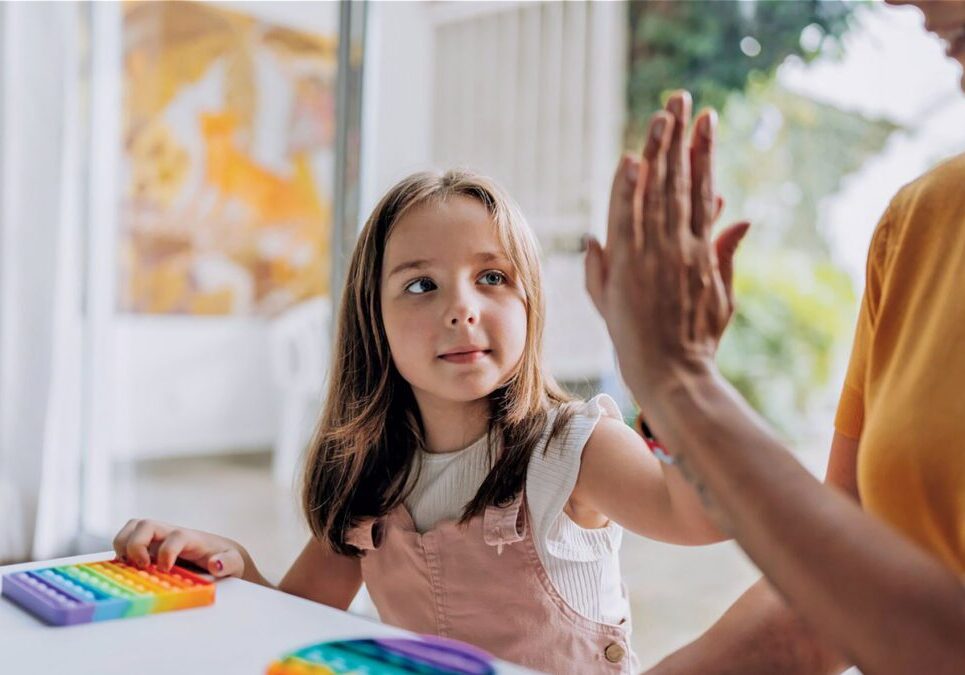
Understanding Neurodiversity
Neurodiversity is a term that has gained significant traction in recent years, but its meaning and implications are often misunderstood. At its core, neurodiversity refers to the natural variation in […]

Mental Health Issues in Kids – Signs & How to Ask for Help
Roughly 7.7 million children in the United States live with at least one mental health disorder. Attention Deficit Hyperactivity Disorder (ADHD), Anxiety, Depression, and behavioral disorders such as Oppositional Defiant […]
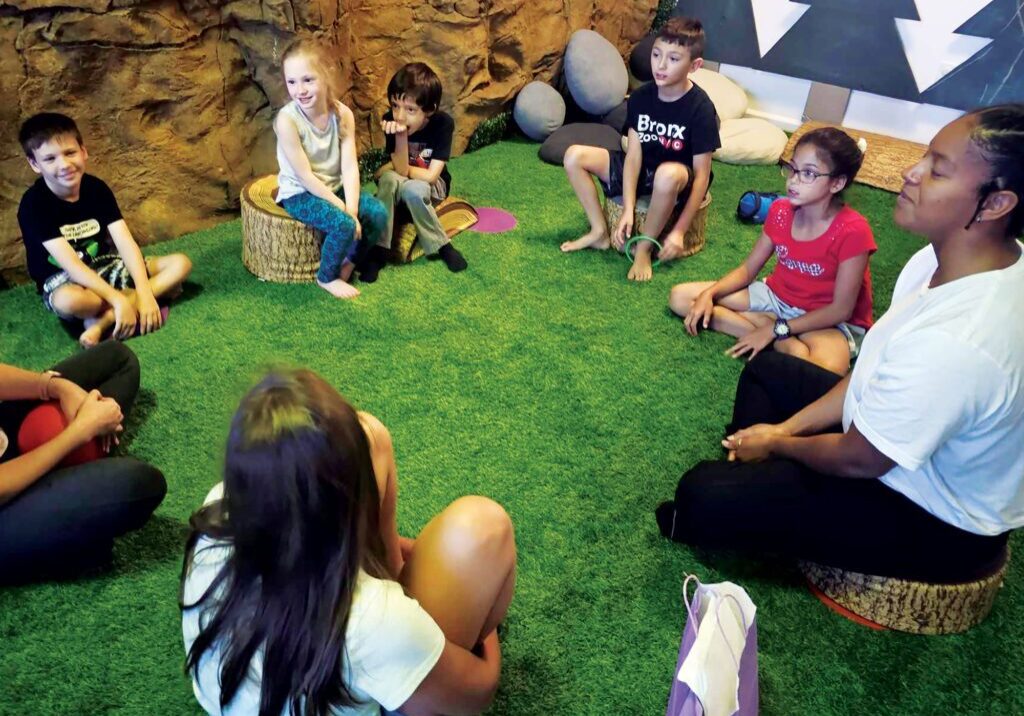
Sensory Innovations: Empowering All Ages Through Play and Occupational Therapy
Sensory play, occupational therapy and physical therapy are essential for fostering critical skills such as motor development, cognitive function and social interaction. Sensory play can reduce stress, improve focus and […]
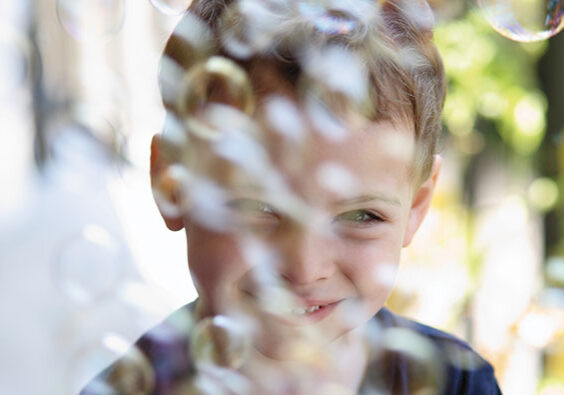
Uniquely Us: Not Your Garden Variety Theater: A Summer Program for Children and Teens on the Autism Spectrum
For many individuals with special needs, skills such as learning to express and interpret basic emotions, making new friends and working with a group can be challenging at best. For […]



